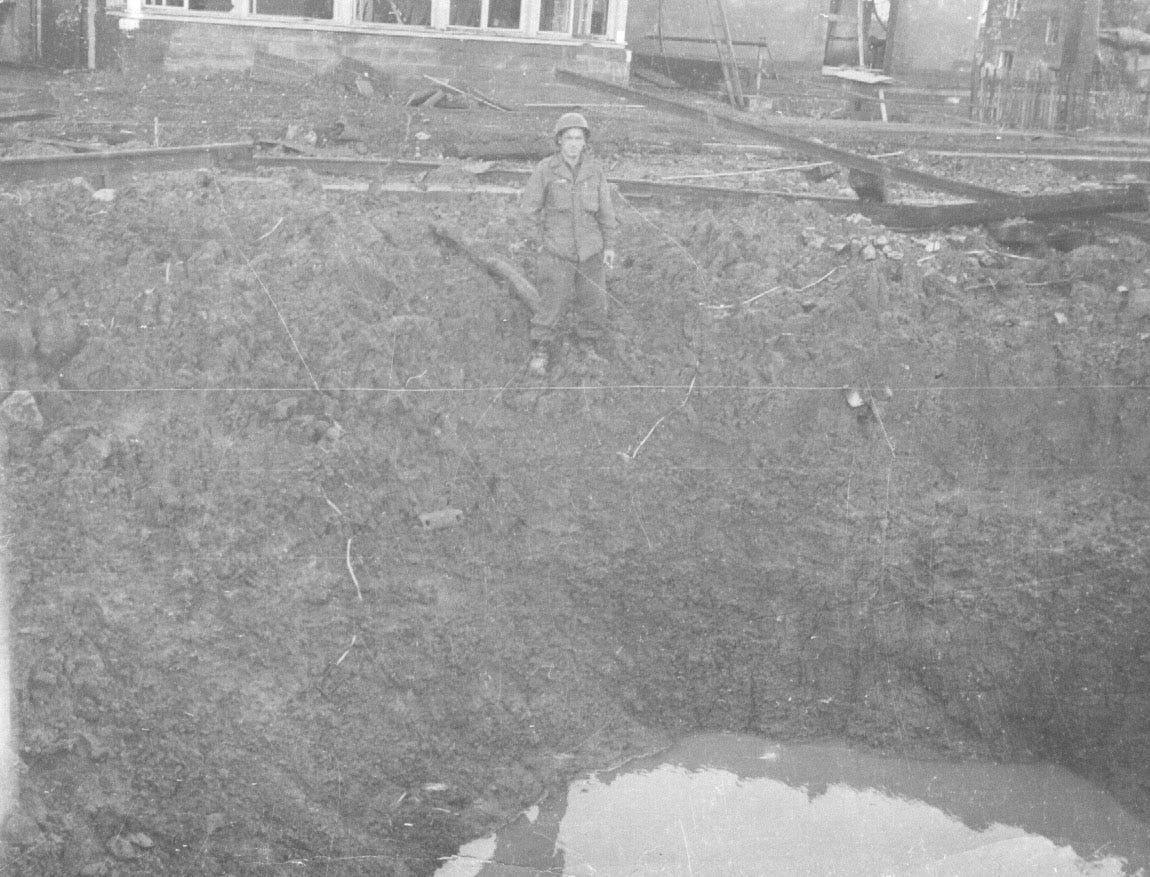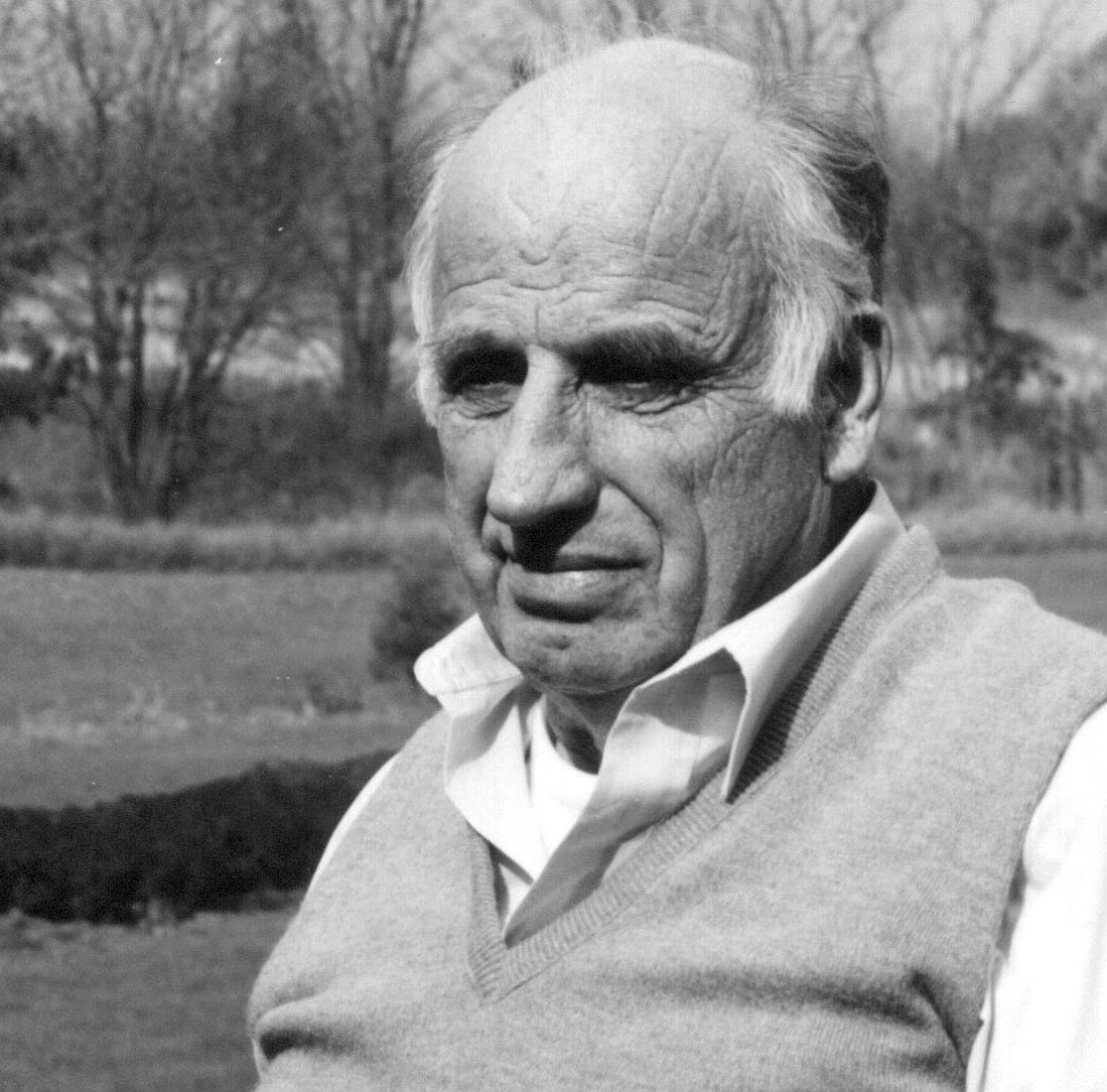
This is about two-thirds of my oral history archive. Each of these cases, which I bought at Walmart more than twenty years ago, holds up to 15 analog cassettes, most of them of the 90-minute variety. Some of the cassettes, but not many, have music. Around 2010 I bought a digital voice recorder, so interviews after that are not on tape, But I did the math, which I'm admittedly not very good at, and I came up with about 800 hours of interviews and recorded conversations with WW2 veterans. I mention this because I recently bought, for the grand sum of $37.50 on amazon, a little gadget that allows me to convert audio cassettes to mp3 or wav files through a usb port. Previously when I converted a tape I would have to connect a boombox to the correct tiny port in the back of my computer, and then when I had the file digitized I would break it up into tracks and cut out portions that were hard to understand; this is not a good way to archive an invaluable piece, albeit small in the scheme of things, of history.
What with me being 75 and in relatively ok health despite some aches, it’s time I whip this archive into some kind of passable shape while I figure out where to leave it when I’m gone. I am amazed at how easy, albeit time consuming (each side of a tape requires 47 minutes to digitize), the process is. So far I've digitized two interviews of two cassettes each, and I've discovered material I had overlooked or forgotten.
The audio clip above is one such gem, from a 1998 interview when I visited Forrest Dixon at his home in Munith, Michigan. Major Forrest Dixon— not to be confused with Lieutenant Ed Forrest, an officer in A Company — was the 712th Tank Battalion maintenance officer. I had recorded some of his stories at reunions as well as in a number of impromptu interviews and conversations and one previous more formal interview, but I wanted to get as many of his stories as I could in one place, as I did with Ed “Smokey” Stuever in 2005.
I’m a bit overwhelmed at the moment, so rather than transcribe the above clip, if you haven’t listened to it, here’s the same story from my 1993 interview with Forrest:
A.E.: Hof, Germany. Tell me about the truck that you used for shelter.
F.D.: We captured a German ordnance truck. It was a GMC. And it had a lot of cabinets in it, one thing or another, and I used that as my headquarters, and we moved the cabinets to the rear and cut a hole in the side of the truck and put in a mattress and we used it to sleep in.
Well, we got into Hof, Germany, and then it was permissible for us to move the Germans, so my warrant officer, [Fred] Baker, he found some feather mattresses, and he said, “I have told the Germans to go find another place and we’re gonna sleep on a soft bed tonight.” So we moved in, and we were shelled — we didn’t know what at that time — and we moved our mattress under a big oak kitchen table so the plaster wouldn’t hit us, and we thought we’d be comparatively safe, so we spent the rest of the night there. In the morning before we got up, a fellow comes in all excited, and he said “Did you see where we were almost eliminated last night?”
And I said, “No, where?”
He said, “A big shell hit right in front of the front door, and there's a hole thirty feet across and fifteen feet deep and it didn't even wake us.”
And I said to him, “Wait a minute.” I thought he had exaggerated a little bit. So we went over there, and so help me, this hole was at least thirty feet across and fifteen feet deep. And one of the boys opened up the front door and was going out and almost fell in the hole. And it never woke the remainder of the maintenance section. I had my whole maintenance section, which is about 30, in that building. Then we found out later that it was a railroad shell. A railroad gun. They thought that Lucky Forward, which was code name for Third Army headquarters, I think it was Lucky Forward, whatever they called it, they thought the 3rd Army had moved into Hof and they were shelling it. We got the royal treatment, but nobody got hurt.
The only damage they did was they got my German truck, and they put a hole in front of the housing where my mechanics were sleeping, and the other five or six shells went into the cemetery and there were bones in every direction. The holes in the cemetery were the same size; that's the way they had the fuse. Then later in the day the Air Corps sealed the tunnel where the shells apparently were coming from. I didn’t see it for a fact, but I was told that back seven or eight miles there was a tunnel, and a railroad gun came out during the night and was firing.
A.E.: That shell buried itself before it exploded?
F.D.: Apparently, whether it was a malfunctioning shell or that's what it was supposed to do, it didn't explode until it had penetrated deep. If it had detonated when it hit the ground, it would have wiped out the whole building. I think somebody said it was 240 millimeters, something of that size. That was in Hof, Germany.




Good story! Congrats on 100.